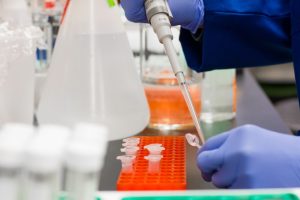A new report from the Inspector General of the Department of Health and Human Services (HHS) details the many missteps made by the FDA amid the COVID-19 pandemic’s initial outbreak phases while also elucidating the multitude of lessons to be learned from the agency’s inconsistent regulatory decision-making. The watchdog office assessed the effectiveness of this so-called “regulatory flexibility” as well as the flurry of emergency-use authorizations in the early days of the COVID surge, when widely available testing for the virus was a mere pipe dream.
The FDA’s loose approach to market readiness for a variety of diagnostic and antibody tests allowed a range of poor quality tests to rise to the fore. Their inaccurate results in effect undermined what was meant to be a rapid and concise response to the frighteningly unpredictable spread of the virus.
“Because FDA was only directly engaged with developers through its EUA [Emergency Use Authorization] process, FDA was slow to realize that testing within [public health laboratories] was far more limited than it had initially expected,” the report says. “Regarding authorized tests, FDA communicates directly with developers, not with the labs implementing them. As a result, FDA was unaware that testing within PHLs was very limited and may not have provided sufficient testing.”
A record number of submissions of potential tests came in due to the agency’s hasty policy adjustments. Its device and diagnostic center was in fact slammed with more than 1,200 products for review by October 2020. Staff authorized new coronavirus tests at an average of one per day, and the hyper focus on COVID led to a drop off in approvals for products meant to test and treat other diseases.























